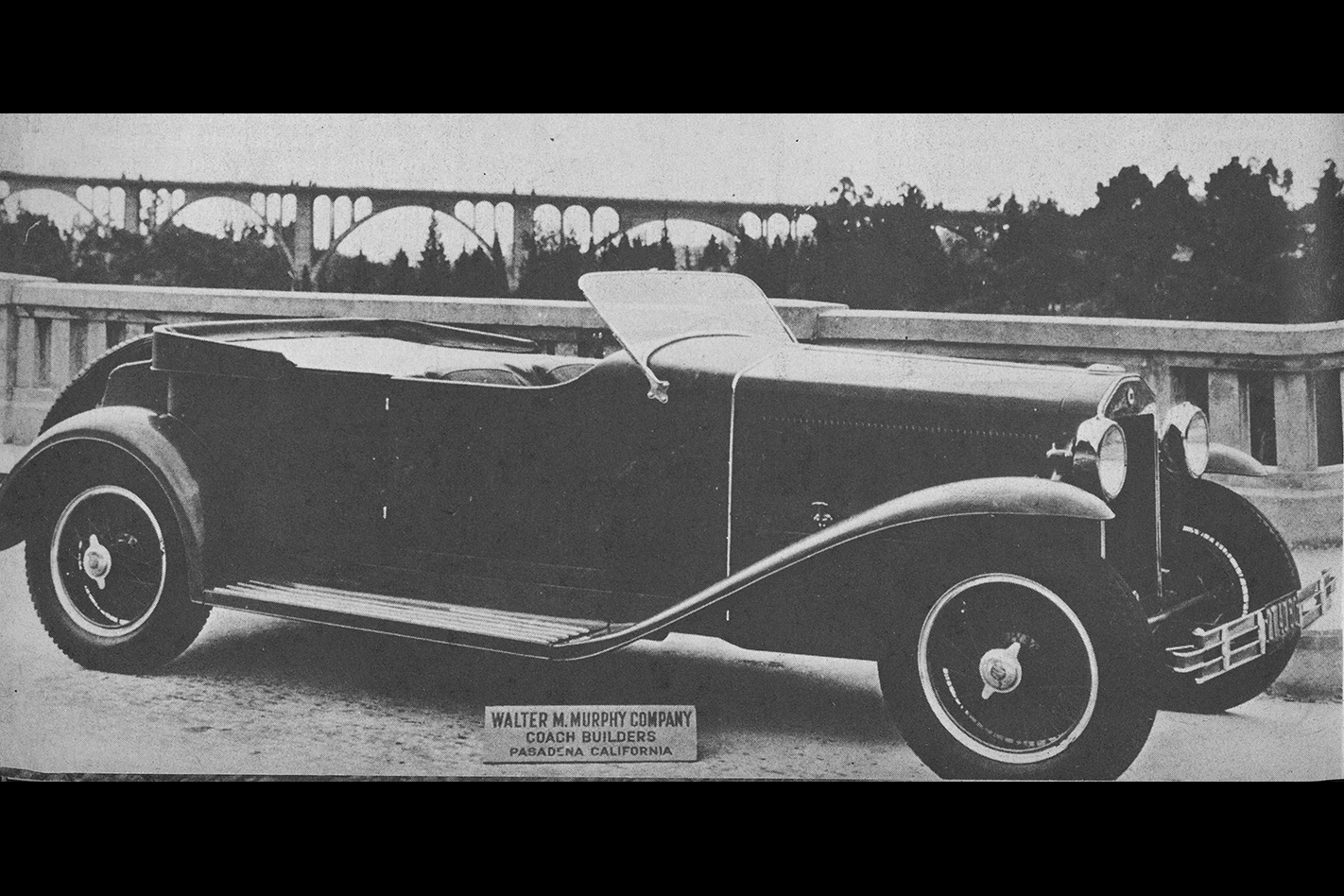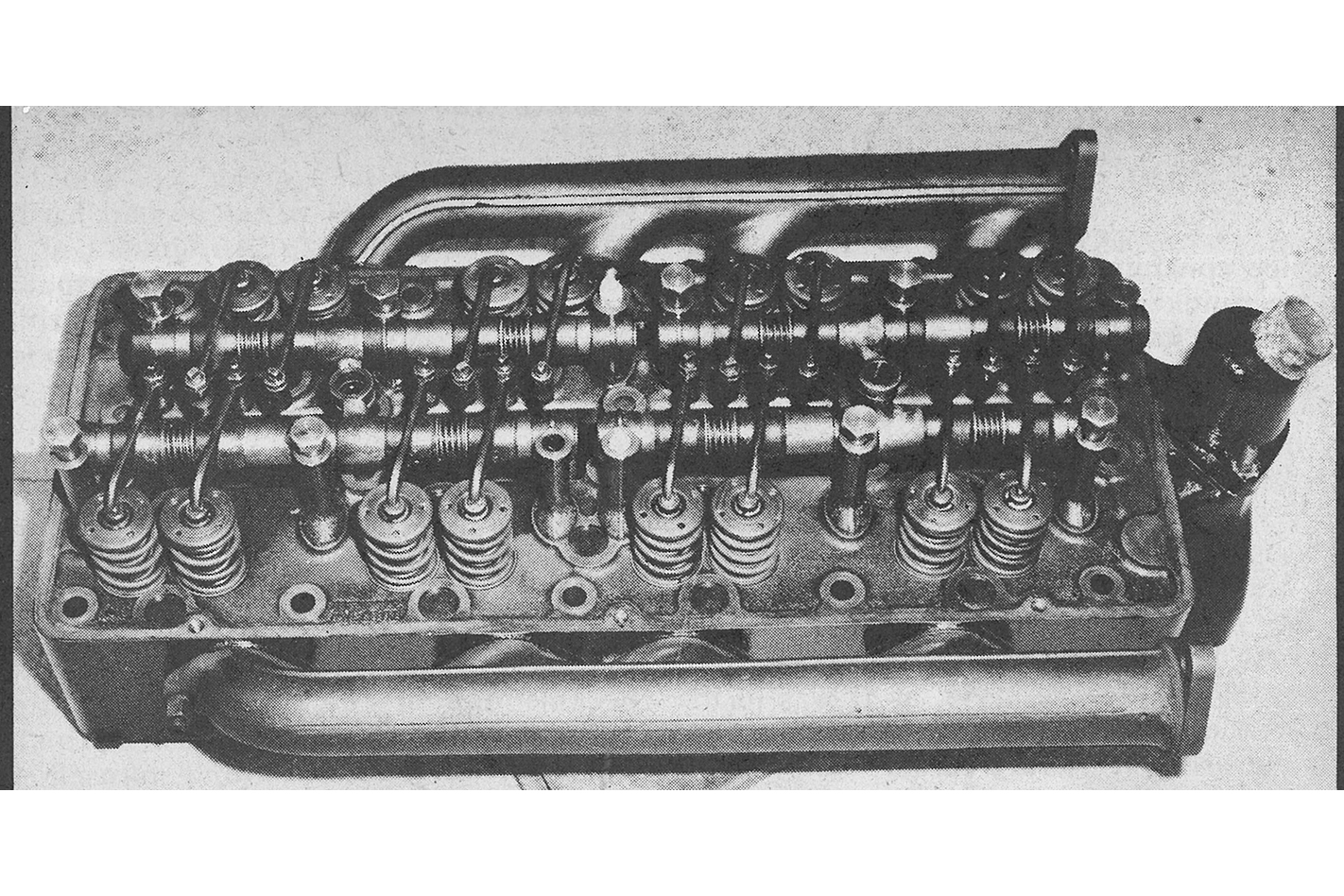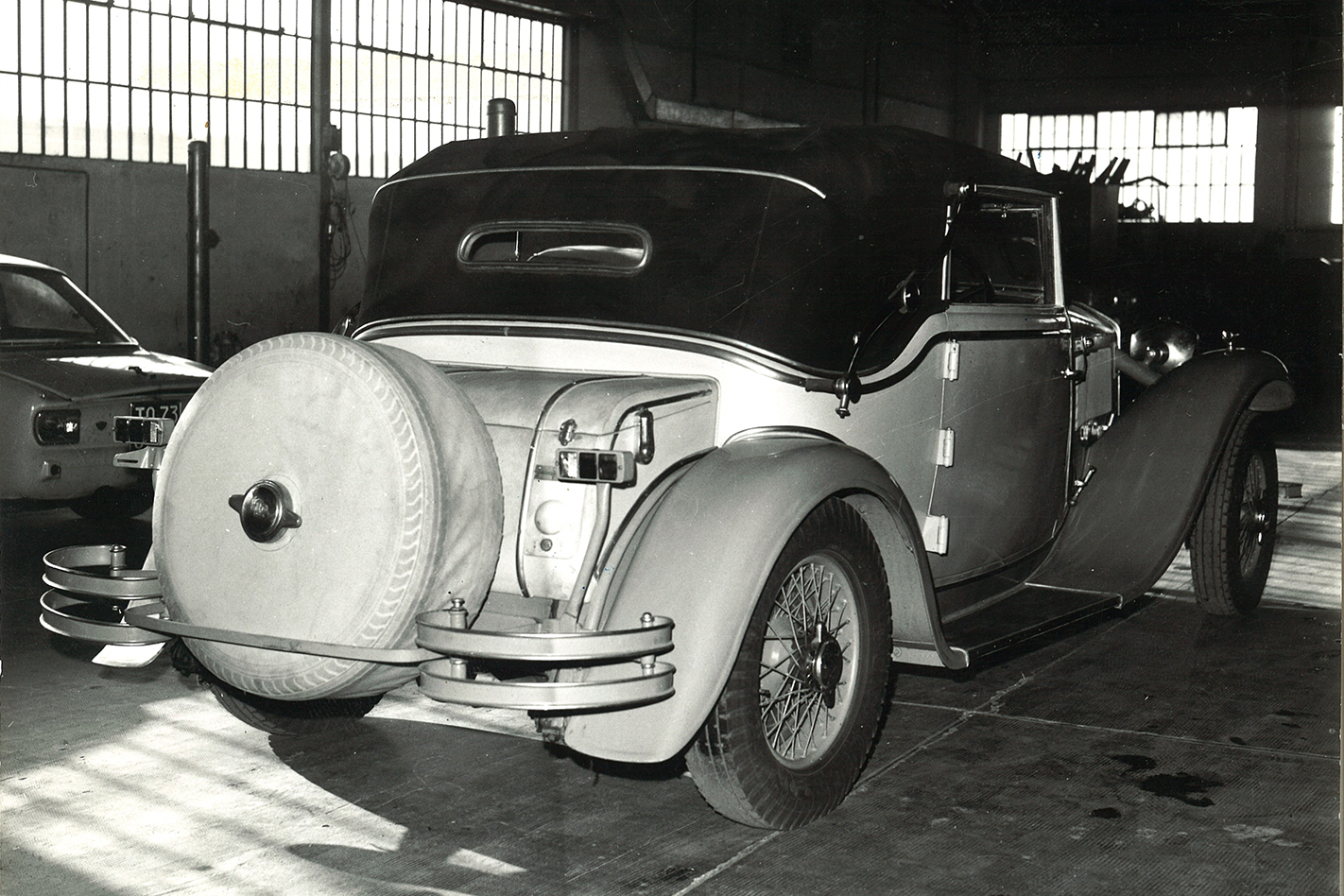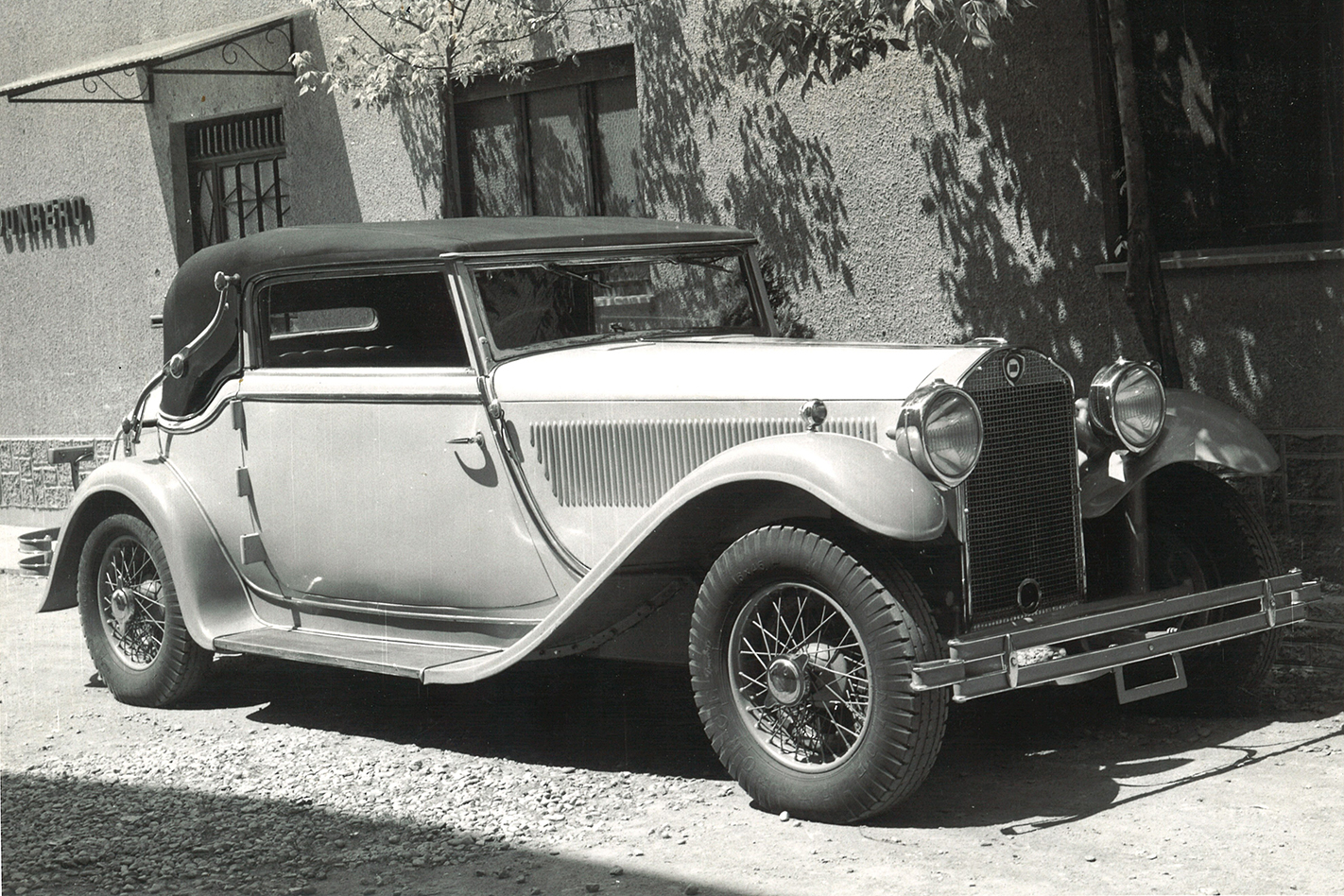I have always been interested in Remarque since high school, but never seriously followed up on it. His "All Quiet on the Western Front" shaped by pacifist views held during the Vietnam War. I used that book regularly when teaching introductory history courses at the University of Dayton. I have known for sometime that he wrote on motorsport during the 1920s, another area of interest for me. When he accepted the job as editor of "Sport Im Bild," the focus on motor vehicles quickly became apparent to readers. After ending his time as editor he completed "All Quiet...," and he quickly entered the limelight, first in Germany and then in the United States.
"Three Comrades" was quickly made into a film in 1938, a movie that was named one of the ten best films of 1938. It was on one level a love story and a tale that sadly but powerfully ended in death. But there are other messages contained in the book as well. I will be referring to the book and not the film, as there are significant differences and communicated meanings.
1. Important to the entire book is the notion of how hard it was for the average German throughout the 1920s. The lost generation easily could remain lost throughout the 1920s, with its high unemployment and a scarcity of increasing opportunities. The novel is set in the late 1920s, a time when a naive American -- thinking of our experiences during "The Prosperity Decade." It wasn't that for Robert, Otto, Gottfried, or Patricia. The trio of former WWI heroes struggle trying to make it at a automotive repair shop, while Otto races the automobile "Karl" and does quite well. Gottfried is the salesman, but it is Robert who is at the center of the story and who falls in love with glamorous, but terminally ill Patricia. Robert lives in a Pension, and his life is surrounded by desperate people -- prostitutes, drunks, and those living day-by-day Life is a struggle, different from the western front, but a struggle nonetheless.
There is a fourth comrade, "Karl," aimed "Baby" in the film version. (pp.10-11).
...a queer-looking object on four wheels: Otto Koster's racing car -- the pride of the workshop.
Koster had bought the car, a top-heavy old bus, at an auction for next to nothing. Connoisseurs who saw it at the time pronounced it without hesitation an interesting specimen for a transport museum. Bollwies, wholesale manufacturer of ladies' ready-made dresses and incidentally a speedway enthusiast, advised Otto to convert it to a sewing machine. But Koster was not to be discouraged. He took down the car as if it had been a watch, and worked on it night after night for months. Then one evening he turned up in it outside a bar which we usually frequented. Bollweis nearly fell over with laughing when he saw it. it still looked so funny. For a bit of fun he challenged Otto to reface. He offered two hundred marks to twenty if Koster would take him on in his new sports car -- course ten kilometers, Otto was to have a kilometer start. Otto took up the bet. But Otto went one better. He refused the handicap and raised the odds to even money, a thousand marks each way. Bollwies, delighted, offered to drive him to a mental home immediately. Everyone laughed and prepared to enjoy the joke. Koster's only response was to switch the engine. They set off to settle the matter at once. Bollweis came back looking as if he had seen the rest sea serpent, and wrote out the cheque and another swell. He wanted to buy the machine on the spot. But Koster just laughter at him. He wouldn't have parted with it for any money on earth. Outside it looked a terrible wreck, but inside it warlike a new pin. For daily sue we had rigged it with a particularly old-fashioned body that just happened to fit; the paint was gone, the mudguards were split, and the hood was quite ten years old. We could not have done it better, of course. But we had a reason for not doing so.
"Karl," we christened him -- Karl, the road spook.
Towards the end of the novel Otto sold Karl to raise money for Pat's stay at the sanitarium, and after Robert receives the 2000 Marks, he states what Karl meant:
...from now on I would have to make a wide detour round every motor car. Cars are friends, but Karl had been more than that to us.He had been a comrade. Karl, the Road Spook. We belonged together. Karl and Koster, Karl and Lenz, Karl and Pat.... Angry and helpless I stamped the snow from my feet. Karl was gone. (P. 453)
2. Note that unlike the film, prominent cars in the book are all American. They are a Ford, Buick, Cadillac and Stutz. And they are connected to the class of the owner. The baker owns a Ford damaged in an accident that fatally ended his wife's life. But the Baker then latches on to a tart with black hair, who pressures him into buying a restored Cadillac. Once owned by a Jewish textile merchant the Cadillac is sold back to the garage and then to the baker. The cleverness of the Jew was a part of the Weimar Era milieu and a source of resentment on the part of many lower middle class and working class Germans -- setting the stage for the Antisemitism of the era. No surprise about American cars being prominently featured, as they were in high demand in Germany during the 1920s. That American export market closed after the rise of the Nazis. Hitler wanted to stimulate German automobile manufacturing, and relegated Opel and Ford to a secondary level.
I'll be reworking and adding to the blog post over time -- God willing that I stay out of the grasp of Covid!
Taken from: https://www.whichcar.com.au/features/classic-wheels/clasic-wheels-a-dilambda-in-a-cave
It was in September, 1963; Jasmine and I had been living in Turin for three months and were on our way to Locarno, Switzerland. As our red Fiat Seicento (600) hummed across the Po Valley and along the western shore of Lago Maggiore we kept up our instinctive vigil for cars of character.
There were few left in Europe. But as we tooled past Arona we saw something parked in front of a modest garage. It was a big, black Fiat 524 limousine of 1934 vintage and in very good condition. The owner turned out to be the proprietor of the garage, a small, wiry, salt-of-the-earth Piemontese in coveralls and beret, with a radiant personality and a passion for the fine machines of the past. After we had examined the Fiat we went up to his apartment over the garage for a splash of barbera. There we met his family and when we parted we did so as close friends, with a business card of Cavalier Tale tucked away for reference.
As we continued north along the edge of the vast lake the country became more mountainous and wildly beautiful and the road more twisting and narrow, with almost sheer cliffs on the left and an abrupt drop to the water on the right. Then, just a few miles beyond the Swiss border, a gleaming, flame-red Lotus Elite pulling a flat trailer came straight at us. And on the trailer was the most pristine Jaguar SS100 we had ever seen. It had racing numbers painted on its bright yellow sides. Evidently a discriminating Swiss enthusiast on his way to a hill climb.
At the same, precise instant, as my eyes were riveted on this spectacle, Jasmine cried "STOP"! with panic urgency. Standing on the brakes I warped onto the narrow shoulder and let the giant OM diesel that had been on our rear bumper thunder by with millimetres to spare.
"Look!" Jabs said, pointing to an open cave hewn out of the cliff face. "What is it?"
First series, Lancia DiLambda
I couldn't identify the vintage machine from the rear but she had been right – it was something very special.
We got out and entered the doorless cave-garage. The first glimpse from behind of the lines of the car's radiator proclaimed the close-coupled landau was a Lancia Dilambda.
In Italy, where the Dilambda is known as Vincenzo Lancia's capolavoro, his masterpiece, only five of these cars were known to survive. This one, beneath the dust of years, had the finest lines of any specimen we had seen.
Someone had carefully placed it on blocks a long time ago. Its big tyres were like new and only 41,000 km (25,500 miles) were registered on its odometer.
It had been all of a year and a half since we had finished restoring a splendid old car. We looked at each other in a silence that said, "Should we?" Finally we both nodded, resigned to what Fate was doing to us, and I said, "Wait here. I'll start looking".
There is no denying the Dilambda would be nicer with a top which more closely matches its overall decor, but that concern is no longer ours. We made the decision between Turin's broad boulevards and the narrow streets of sunny Provence where only tiny cars are any pleasure to drive. It is sadly ironic that the Dilambda does not belong with us. Erich's eyes were not dry when we took his car away, and if it were Jasmine's style to weep, she would now. It was she who found the car and loved it. But, as things worked out, she never got to ride in it and will not twist the knife by riding in it now. The Dilambda rests in Turin, where it was born..
.








Jasmine Borgeson is my neighbour. When she tells the story, Paulette Goddard appeared with her hair in curlers with a headscarf over them. Jasmine celebrated her 87th birthday a few days ago.
ReplyDeleteSimilar story I recall appeared in road & track many. Years ago. Is it the same author?
ReplyDelete